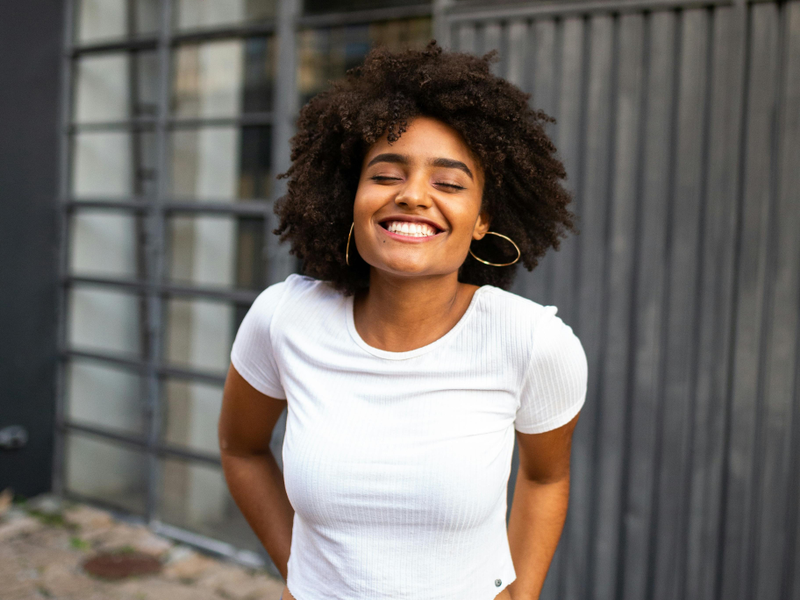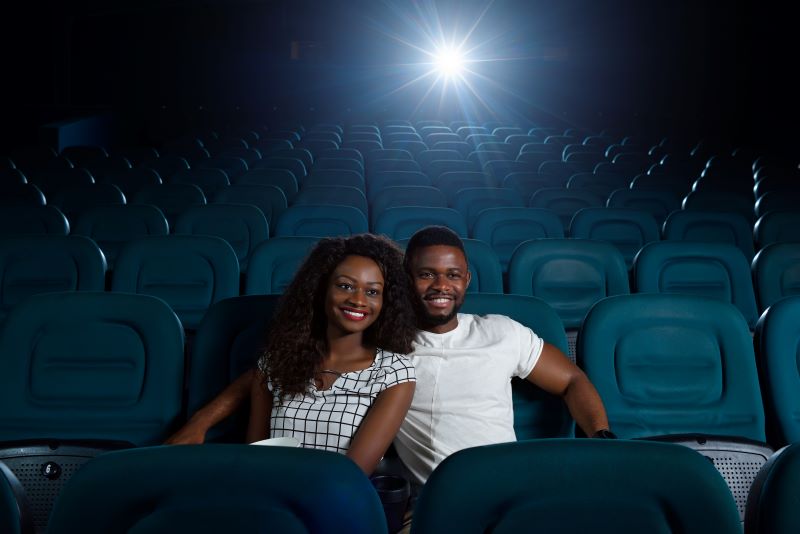Photo by Jorge Fakhouri Filho
Remember when jerry curls were a thing and the hi-top fade was the coolest hairstyle among Blacks? Well, if you were around in the 70s and 80s, this would bring back some nostalgic feelings. You likely wore some of these looks back in the day, and if you were not around, you would have noticed your parents rocking these hairstyles in their old photos.
Black hair has always been more than just a style statement. It carries a rich history, embodying identity, cultural pride, and a spirit of defiance. For centuries Black communities around the world have created hairstyles that are uniquely their own, shaping and influencing fashion trends worldwide. From Afros to box braids to weaves, Black hairstyles have evolved over the years. These hairstyles didn’t just appear from nowhere. Most of them date back to our African ancestors. Some of these iconic Black hairstyles can be found in drawings, engravings, and hieroglyphs from Ancient Egypt. These hairstyles have continued to weave their way through the social, political, and cultural conversations surrounding Black identity today.
Let’s take a trip down memory lane as we celebrate the creativity and resilience of Black hair culture and also relive some of the most iconic Black hair trends from the ’80s to now.
1970’s – The Towering Afros Take the Stage
The 70’s were all about embracing natural beauty. During this period, the chains of straightening irons were being broken as Black women were liberating their hair. The natural hair movement was gaining momentum, with Blacks choosing to celebrate their natural textures over straightened styles. The big afros took over and became the most popular hairstyle for Black men and women. Whether big, bushy small, or a more sculpted version, this hairstyle was a symbol of Black pride and empowerment that could make even the most timid person feel like royalty.

Kashmere Stage Band (KSB). See page for author, Public domain, via Wikimedia Commons
1980’s – The Decade of Hi-tops and Jerry Curls
The 80’s came with a new wave of hairstyles, including the iconic jerry curl and the hi-top fade. Jerry Curl was a favorite of celebrities like Lionel Richie, Keenen Ivory Wayans, and Edmund Sylvers. The late Michael Jackson was a fan of this hairstyle. Remember the iconic Thriller album cover? It solidified this hairstyle’s popularity.
When you think about Black men in the 80’s, another hairstyle that comes to mind is the hi-top fade. This decade saw a boom in pop culture and the look became synonymous with hip-hop culture.
The hi-top fade was a low-cut hairstyle, in which the bottom half and sides of one’s head were tapered, thus giving birth to the term “fade.” Artists like Cameo, Big Daddy Kane, Eric B & Rakim, and others helped popularize the hairstyle. But before they made it their signature look, Grace Jones rocked one on her 1980 Warm Leatherette album cover. This style was the go-to for Blacks of the time.
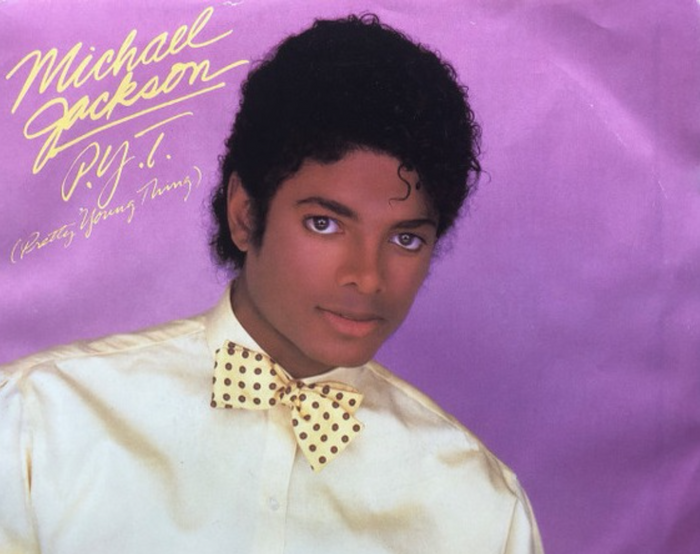
Photo credit: Michael Jackson (Instagram)
1990’s – Braids, Pixie Cut, and Flipped Bobs Reign Supreme
As the 90’s rolled in, Black hair trends took on a more laid-back and natural vibe. From Brandy’s braids to Toni Braxton’s super-chic pixie cut, the decade was all about more versatility for Black hair. Natural styles like Bantu knots, cornrows, box braids, Senegalese twists, and dreadlocks became popular. Straight styles also made a comeback, with women rocking pixie cuts, silk presses, swooped bangs, and flipped bobs. To add a personal touch, these styles were often adorned with beads, shells, and other accessories.
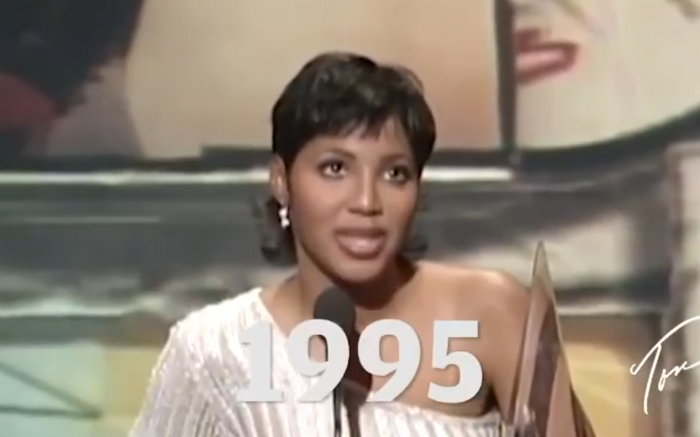
Photo credit: Toni Braxton (Instagram)
2000’s – Braids, Locs, and Twists Make a Comeback
Coming out of the 90’s, the 2000’s were all about celebrity influence. If you were born before or during the early 2000’s, there’s a good chance that you remember the dozens of Black hairstyles that everyone wanted to rock, with stars like Beyoncé and Rihanna setting the trends.
One of the popular styles was the asymmetrical bob. Thanks to Rihanna, it became the must-have hairstyle of the mid-2000’s. You can’t sing Rihanna’s “Umbrella” without remembering this iconic style. Who also remembers micro braided pick-n-drop style and the feather braids made popular by Brandy in 2002 and Beyoncé across the early 2000s? There was also a rise in the popularity of locs and twists. The 2000s was marked by sleek, polished looks and a return to glam.
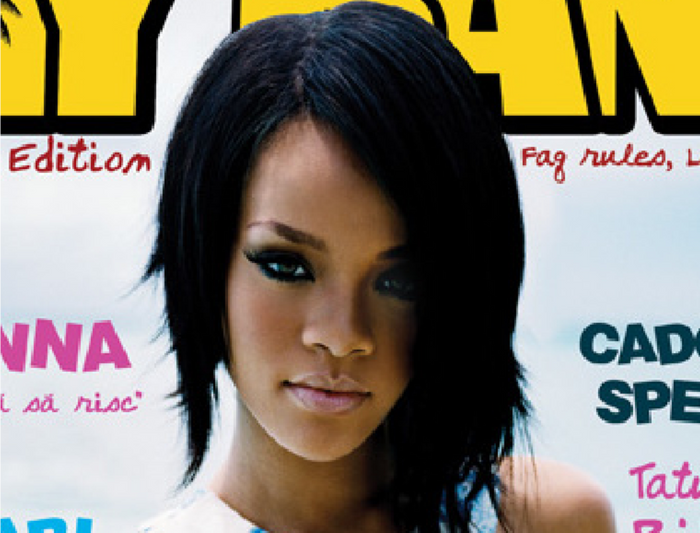
Rihanna. Source: MyBand numarul 9, Rihanna, via Wikimedia Commons
2010’s – Hello Natural Hair, Faux Locs and More
The 2010’s, especially the early 2010’s were all about experimenting with fun, spunky hairstyles. During this period, the natural hair movement was revitalized with the emergence of natural hair bloggers and YouTubers. More Black women began to embrace wigs, extensions, and braids as protective styles, and with this, relaxer sales started to decline. This decade also saw some new and interesting hairstyles that many Black people hadn’t heard of. TWAs or Teeny Weenie Afros became popular among Black women starting their natural hair journey. Other styles like the ombre, faux locs, and crochet braids were also popular throughout the 2010s.
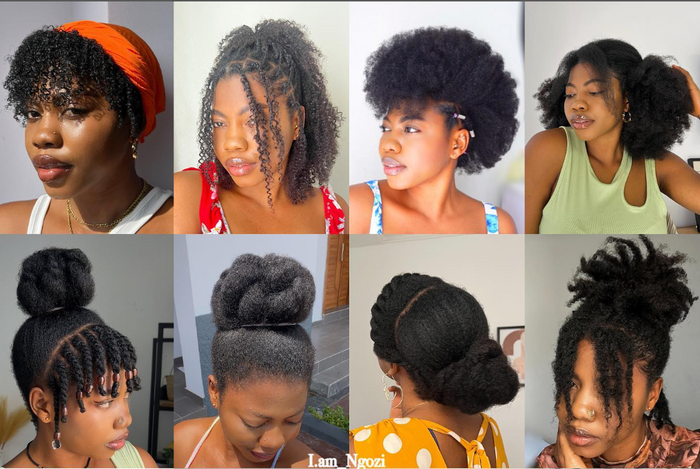
Photo credit: i.am_ngozi (Instagram)
2020’s – Locs, Big Chop, Wigs, and Everything In Between
The 2020’s is a combination of all the hairstyles we’ve seen in the past decades leading up to now. The modern Black woman is embracing a wide range of styles, from natural to relaxed, braided to frontals, and everything in between. And with advanced hair technology, they have access to a variety of styles. They express themselves through wigs of different styles and colors, from long straight wigs with HD lace to vibrant wigs doused in color. We can’t forget the ‘baby hairs’ galore.
Relaxing hair is no longer the social norm as more Black women are embracing their natural hair, starting their loc journey, or participating in ‘the big chop.’
Black men are also not left behind as they have also been embracing their natural hair journeys and experimenting with ways to keep up their curls. Burst fades, braids of nearly every style, and cornrows with varying types of designs have been popular amongst Black men.

